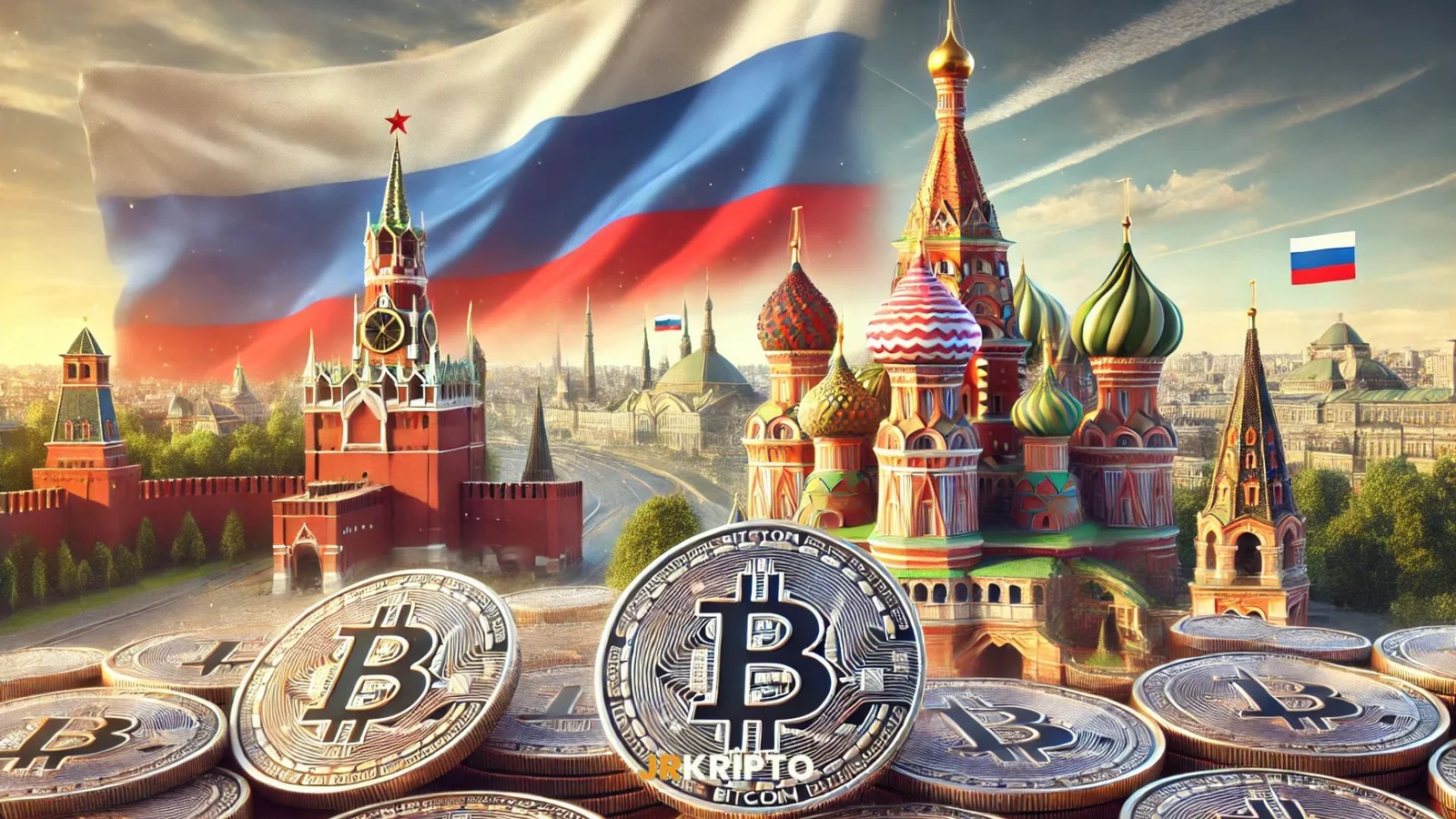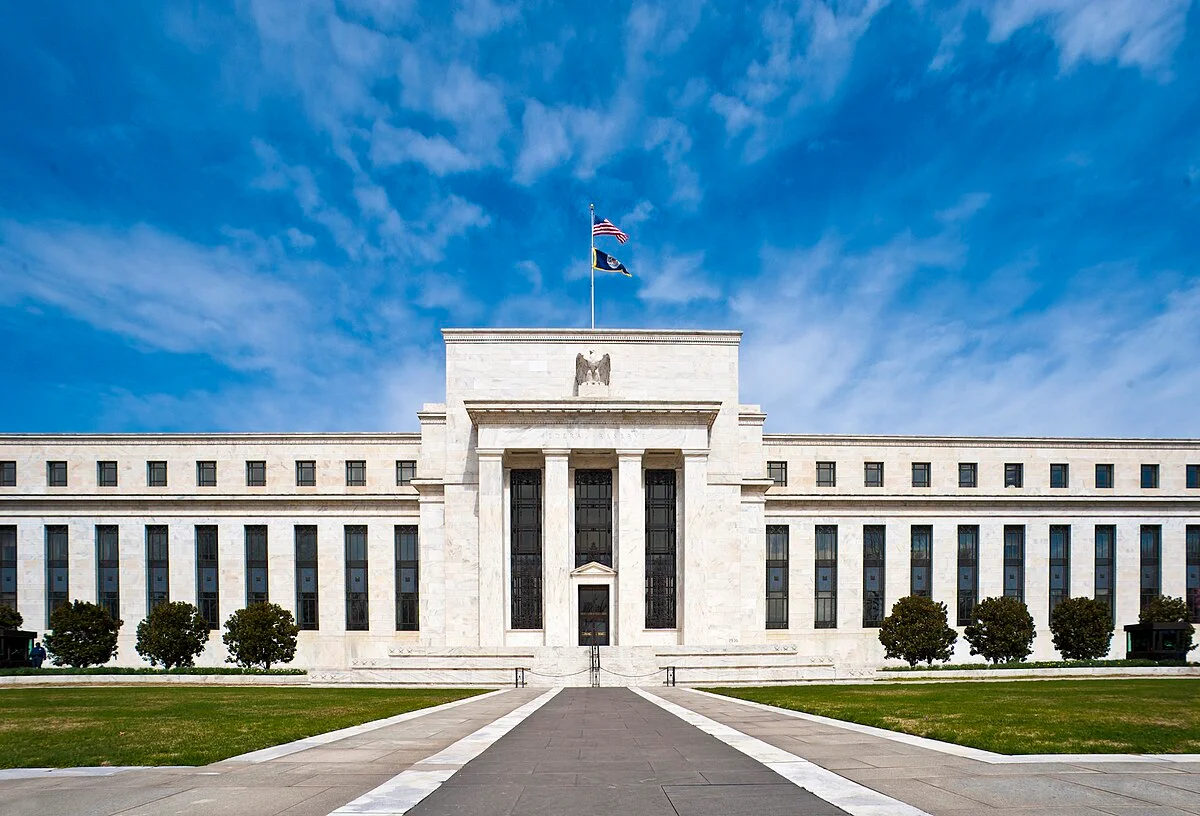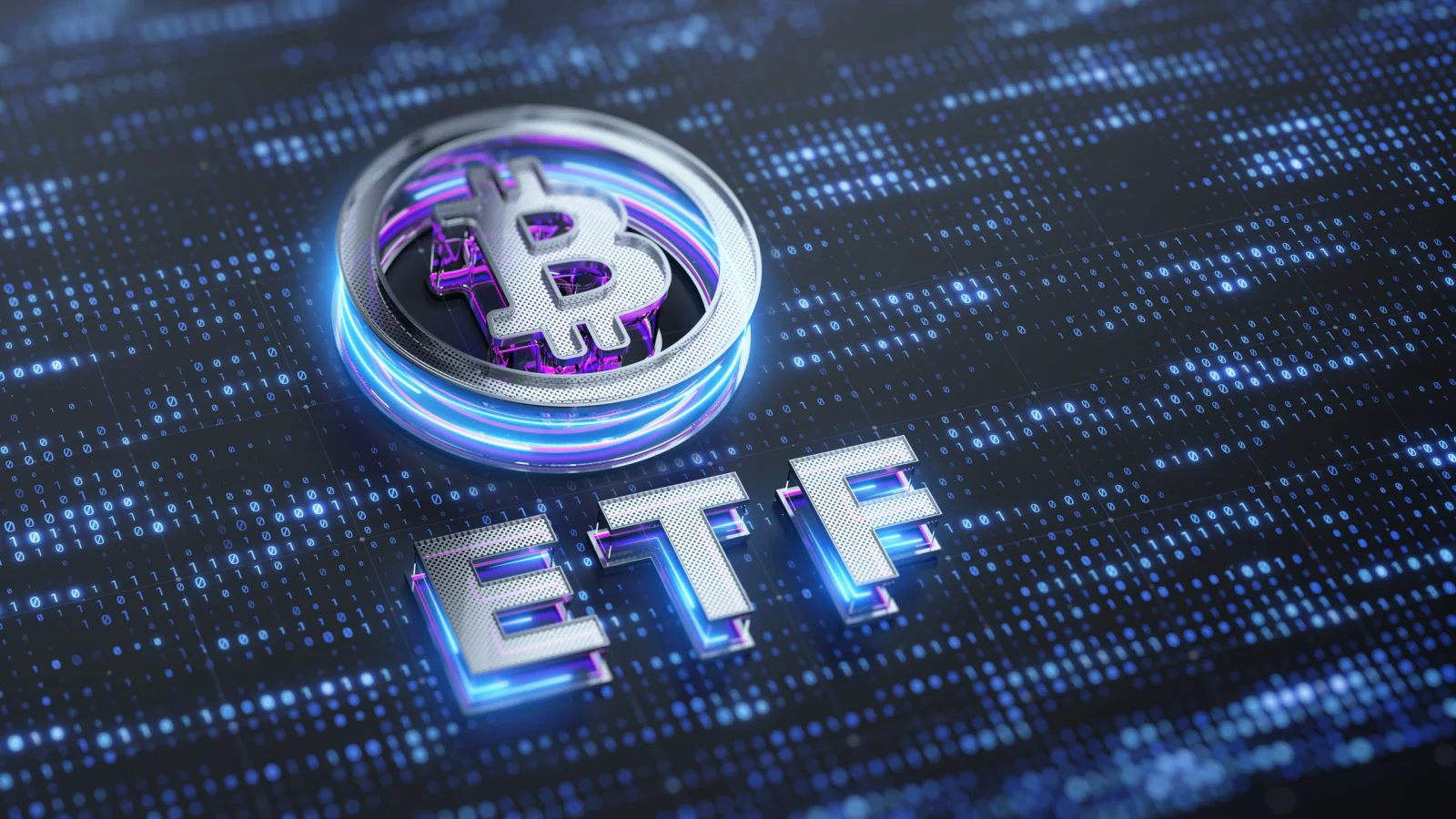The Central Bank of Russia is preparing to ease restrictions on financial products tied to Bitcoin and other cryptocurrencies. This decision signals a significant policy shift in the country’s crypto regulations. Russia’s move toward a more flexible stance on cryptocurrencies is especially notable amid a period of intensified international sanctions.
Crypto Exchange Exclusive to “Qualified” Investors
A new plan, jointly developed by the Central Bank of Russia and the Ministry of Finance, envisions the establishment of a crypto exchange accessible only to high-net-worth individuals who meet certain criteria. This exchange will operate under an “Experimental Legal Regime” (ELR) and will only be available to investors who either:
- Have an annual income exceeding 50 million rubles (approximately $600,000), or
- Possess assets worth over 100 million rubles (around $1.2 million).
This step indicates that the government aims to promote institutional-level crypto adoption without relinquishing control, rather than granting broad freedoms to retail investors.
Selective Approach to Stablecoins
The new regulations may also impose restrictions on the trade of certain stablecoins, such as Tether (USDT). There is ongoing discussion about banning assets issued by entities based in “hostile countries”, especially those that carry a risk of being frozen or blocked. This demonstrates Russia’s intention to incorporate geopolitical risk assessments into its crypto regulations and its cautious stance toward products issued by U.S.-based companies.
Crypto Expansion in International Trade
Russia aims to utilize cryptocurrencies not just as investment tools but also as a way to bypass sanctions and to create alternative payment channels in international trade. This aligns with the country’s strategic goal of reducing its dependence on the dollar-based system. However, experts emphasize that this approach still raises serious concerns in terms of sustainability and regulatory transparency.




